Escape route: React Architects align architecture and environment in Paros
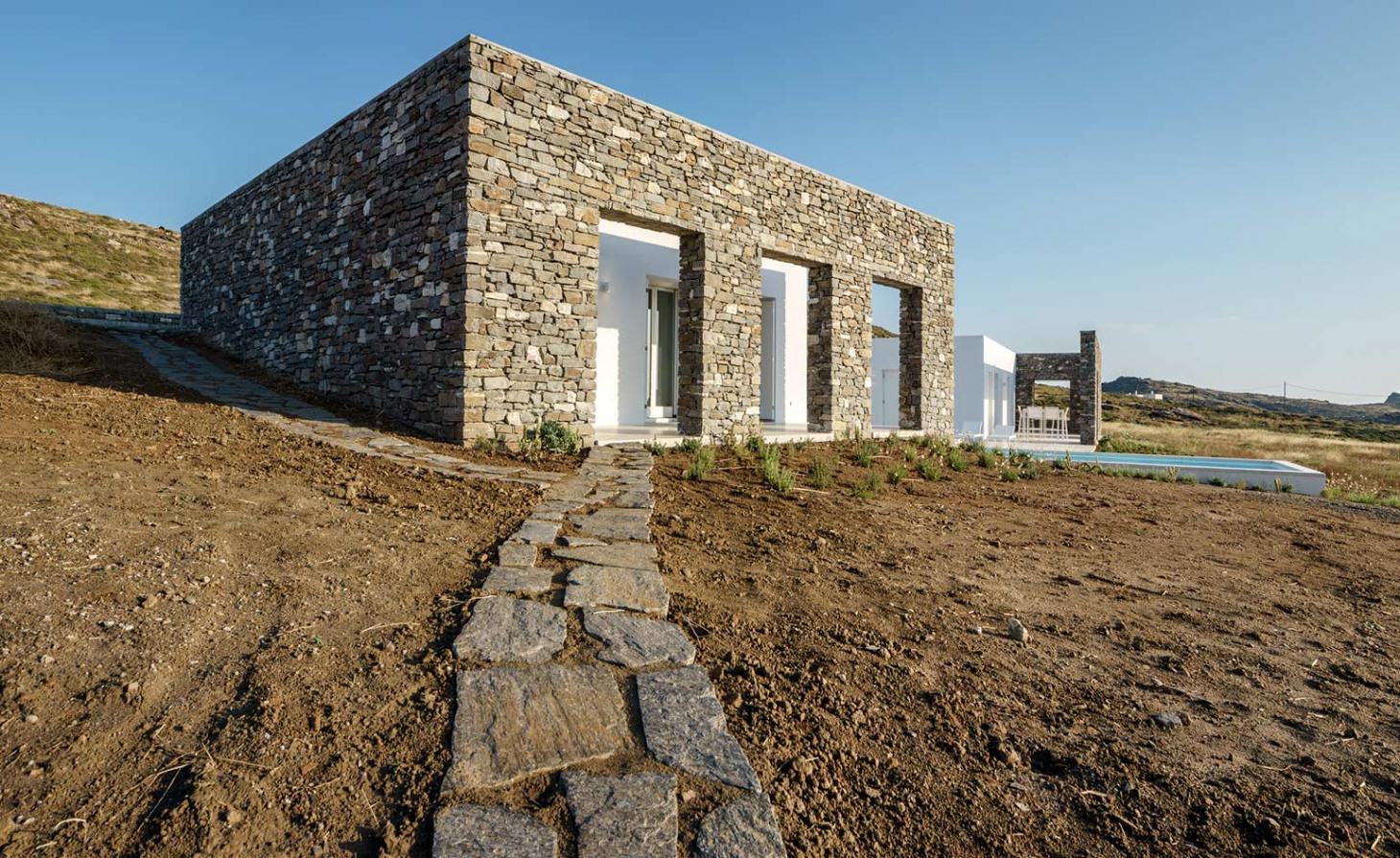
On the island of Paros React Architects have embedded a low-lying house complex with a stone exterior wall into a curved site that slopes down towards the sea. Mindful to preserve the natural beauty of the house’s location in the Agios Ioannis Detis area, a protected stretch of rocky landscape that meets the serene Naoussa Bay, Natasha Deliyianni and Yiorgos Spiridonos, directors of React architects, wanted to leave the smallest possible footprint on the horizon.
The project on the 11,000 sq m site is made up of two houses with white plaster walls, a shared courtyard and swimming pool, all of which is surrounded by a stone exterior wall – enveloping and protecting the inhabited space in what the architects describe as a ‘hug’. The architectural grouping of forms follows the traditional ‘katoikiés’ style of Cycladic architecture, which can also be seen in the plans of monasteries on Paros featuring a church at the centre and satellite buildings all surrounded by an enclosing exterior wall.
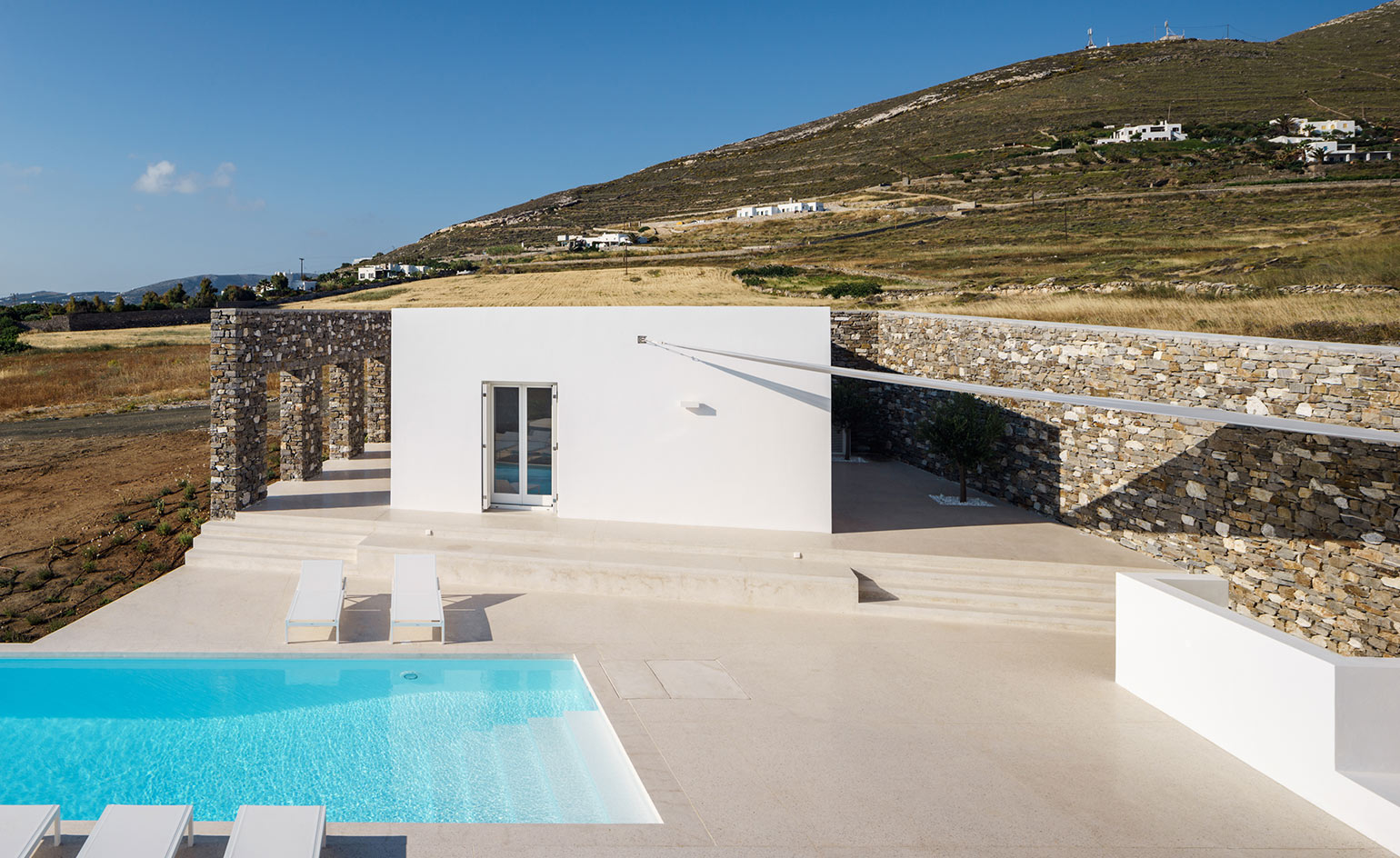
Hug House designed by Athens-based React Architects is landscaped to the terrain of the land in a protected area of natural beauty
Sensitive to the gradual incline of the land, the complex is settled into the natural topography and only the tops of the exterior walls are visible to passersby. The architects chose a stone that was visually similar in colour to the surrounding terrain, and this border is designed so the white walls of the houses can only be seen from the courtyard.
The architecture also works to bring privacy to the relatively exposed site – entry to the house complex is from the highest point of the site, where a pathway descends between two buttressing walls into the heart of the courtyard.
The position of the house in relation to the land, also means that the inhabitants are protected from the strong winds from the north, just another instance of how the React Architects have constructively challenged the symbiotic relationship between the architecture and the environment.
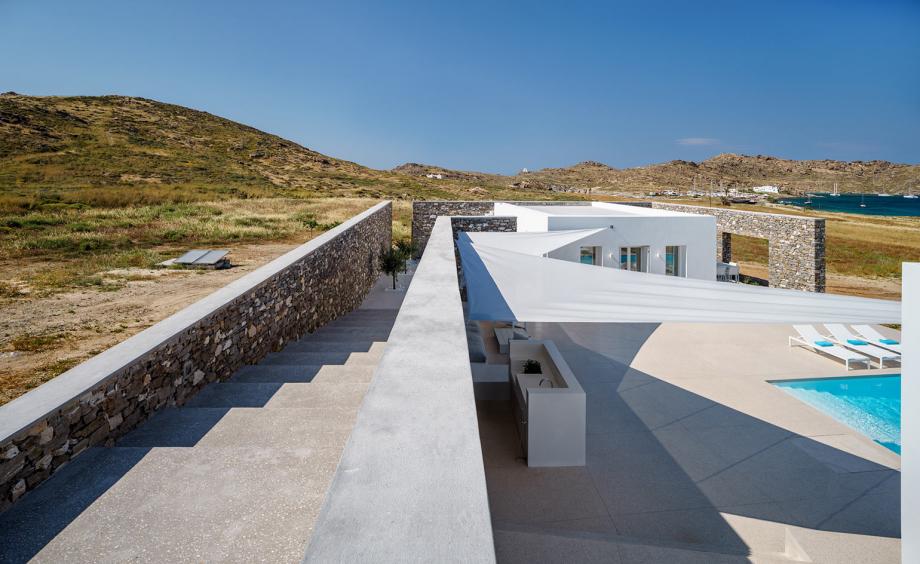
Hug House is named after its exterior stone walls, which wrap the housing complex of two houses, a courtyard and a swimming pool in a protective hug
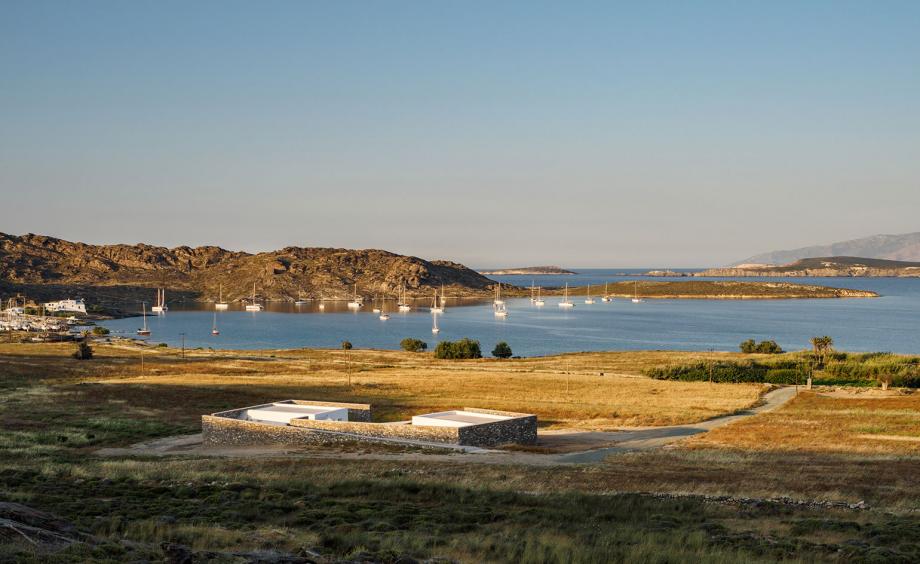
The house is located in the Agios Ioannis Detis area in Paros, a protected stretch of rocky landscape that meets the serene Naoussa Bay in the north west of the island

The swimming pool is positioned between the two single-storey houses
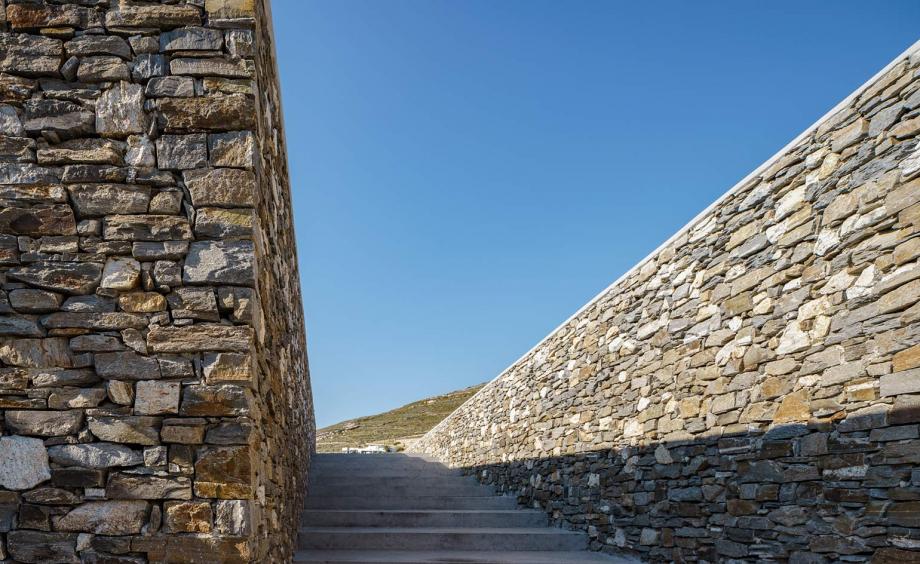
Entry to the site is from the highest point, where a pathway descends to the courtyard between two stone walls

The surrounding stone wall allows the house to be less visible from the exterior, yet also brings privacy to the interior spaces and courtyard, also protecting it from the strong north winds
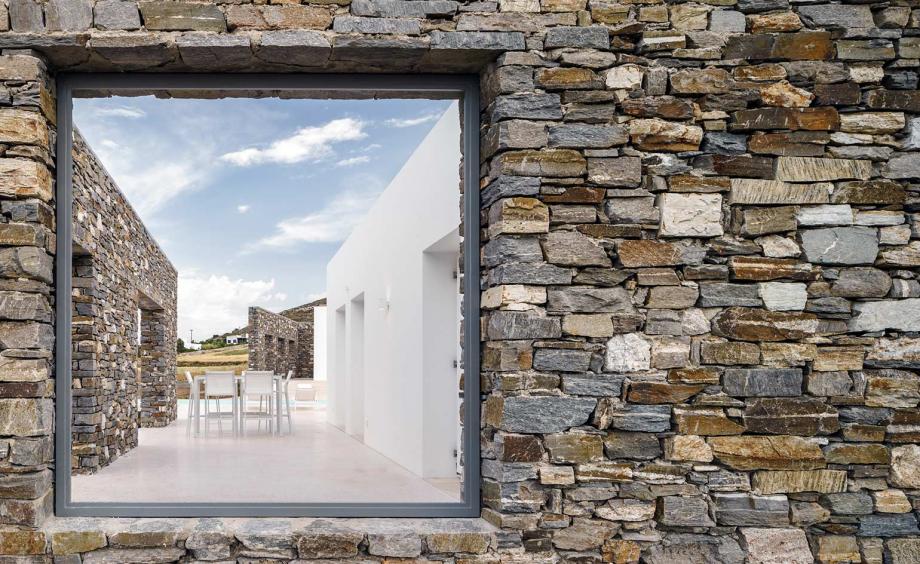
A few square apertures in the exterior wall open up the complex to framed views of the landscape
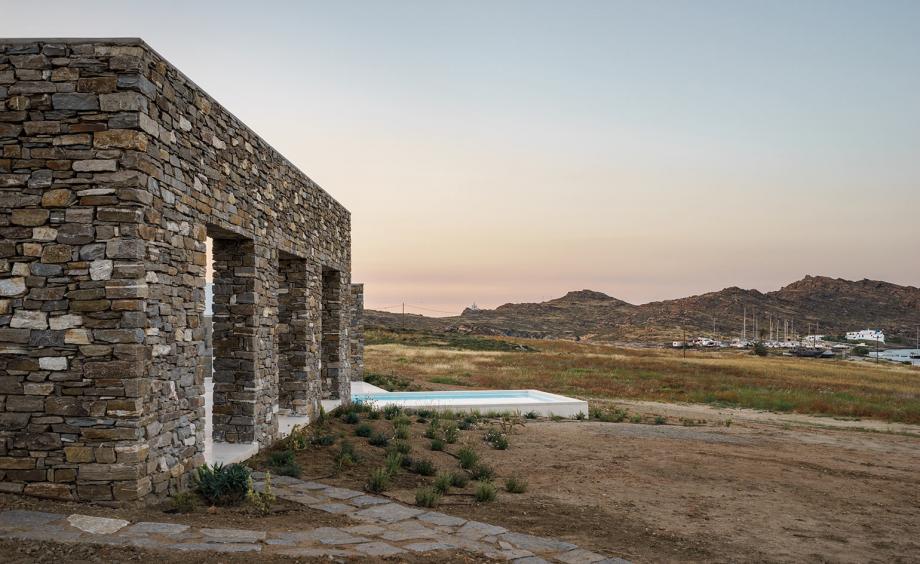
The house is designed to make as little impact on the landscape as possible
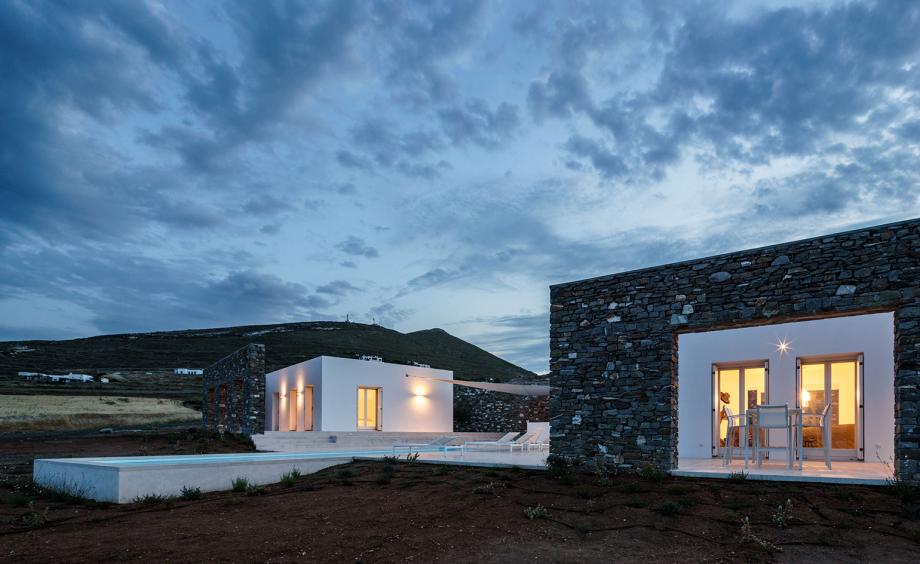
The design of the complex follows the traditional katoikiés style of Cycladic architecture, which can also be seen in the plans of monasteries on Paros
INFORMATION
For more information, visit the React Architects website
Wallpaper* Newsletter
Receive our daily digest of inspiration, escapism and design stories from around the world direct to your inbox.
Harriet Thorpe is a writer, journalist and editor covering architecture, design and culture, with particular interest in sustainability, 20th-century architecture and community. After studying History of Art at the School of Oriental and African Studies (SOAS) and Journalism at City University in London, she developed her interest in architecture working at Wallpaper* magazine and today contributes to Wallpaper*, The World of Interiors and Icon magazine, amongst other titles. She is author of The Sustainable City (2022, Hoxton Mini Press), a book about sustainable architecture in London, and the Modern Cambridge Map (2023, Blue Crow Media), a map of 20th-century architecture in Cambridge, the city where she grew up.
-
 Australian bathhouse ‘About Time’ bridges softness and brutalism
Australian bathhouse ‘About Time’ bridges softness and brutalism‘About Time’, an Australian bathhouse designed by Goss Studio, balances brutalist architecture and the softness of natural patina in a Japanese-inspired wellness hub
By Ellie Stathaki
-
 Marylebone restaurant Nina turns up the volume on Italian dining
Marylebone restaurant Nina turns up the volume on Italian diningAt Nina, don’t expect a view of the Amalfi Coast. Do expect pasta, leopard print and industrial chic
By Sofia de la Cruz
-
 Tour the wonderful homes of ‘Casa Mexicana’, an ode to residential architecture in Mexico
Tour the wonderful homes of ‘Casa Mexicana’, an ode to residential architecture in Mexico‘Casa Mexicana’ is a new book celebrating the country’s residential architecture, highlighting its influence across the world
By Ellie Stathaki
-
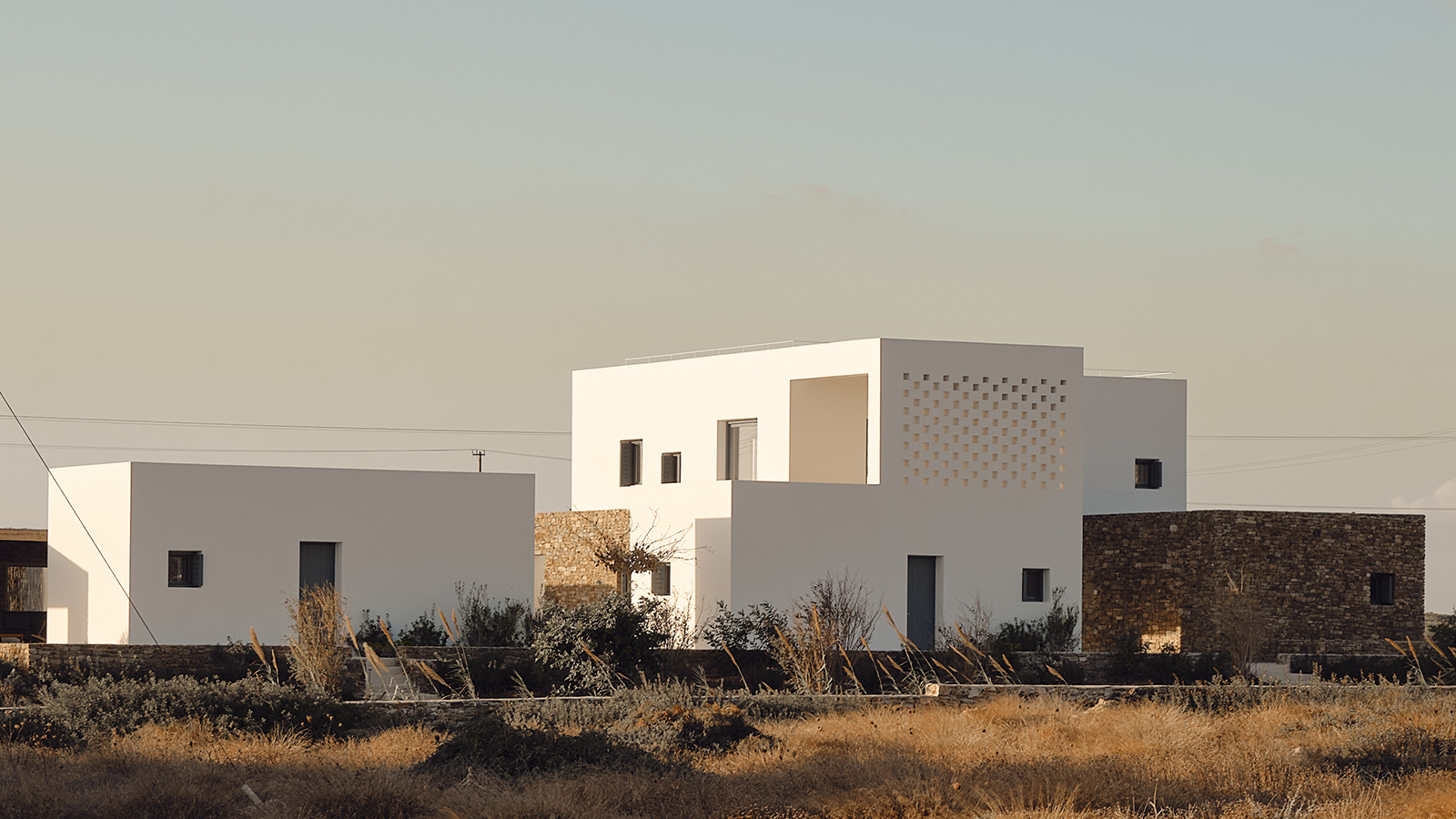 A retro video game is the unlikely inspiration for this island house in Greece
A retro video game is the unlikely inspiration for this island house in GreeceDesigned by ARP, this island house on Antiparos is a contemporary Cycladic home inspired by Tetris
By Tianna Williams
-
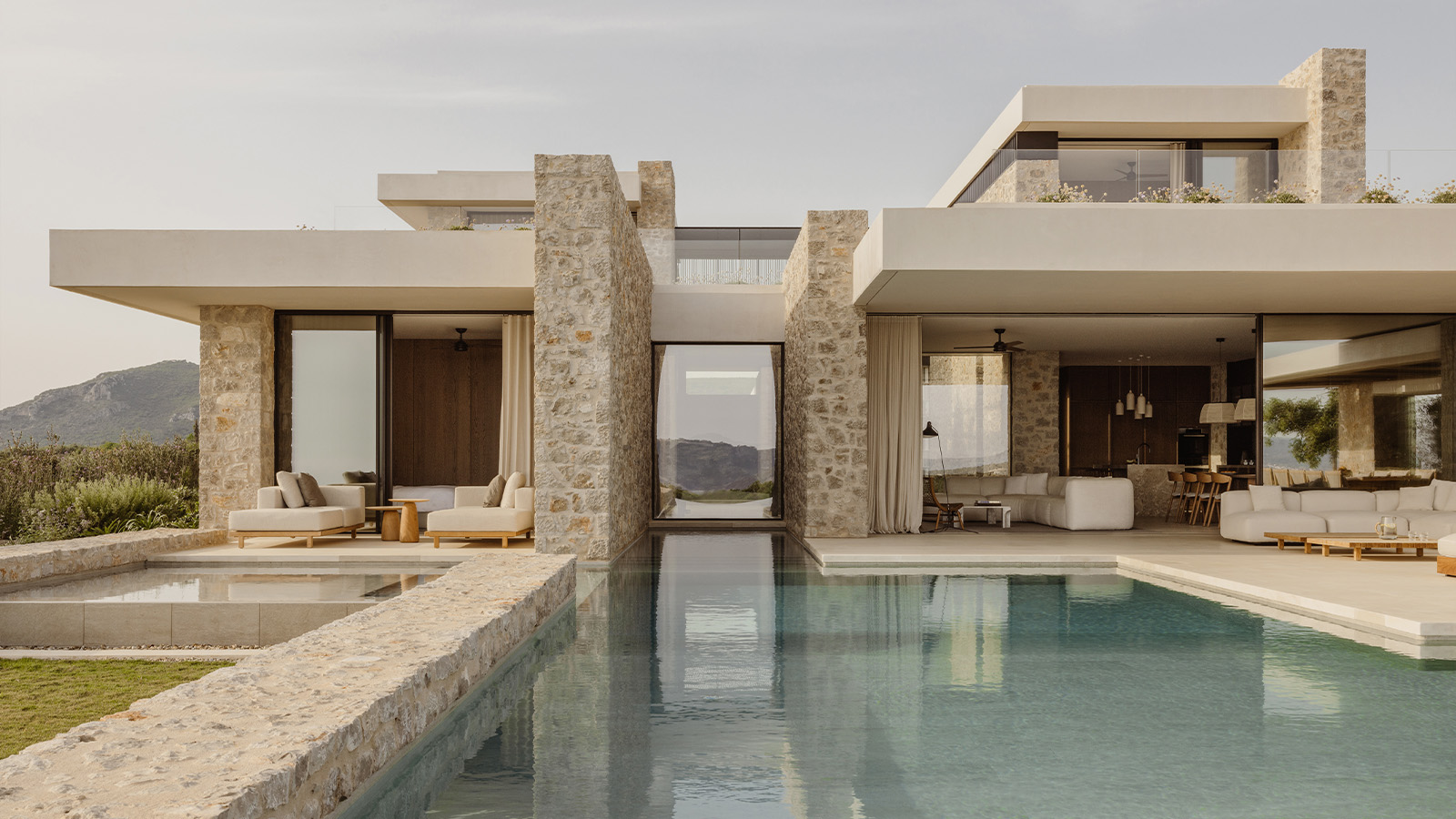 A Costa Navarino house peeks out from amidst olive groves to ocean views
A Costa Navarino house peeks out from amidst olive groves to ocean viewsThis Greek holiday residence designed by K-Studio balances timeless design principles with modernist touches
By Tianna Williams
-
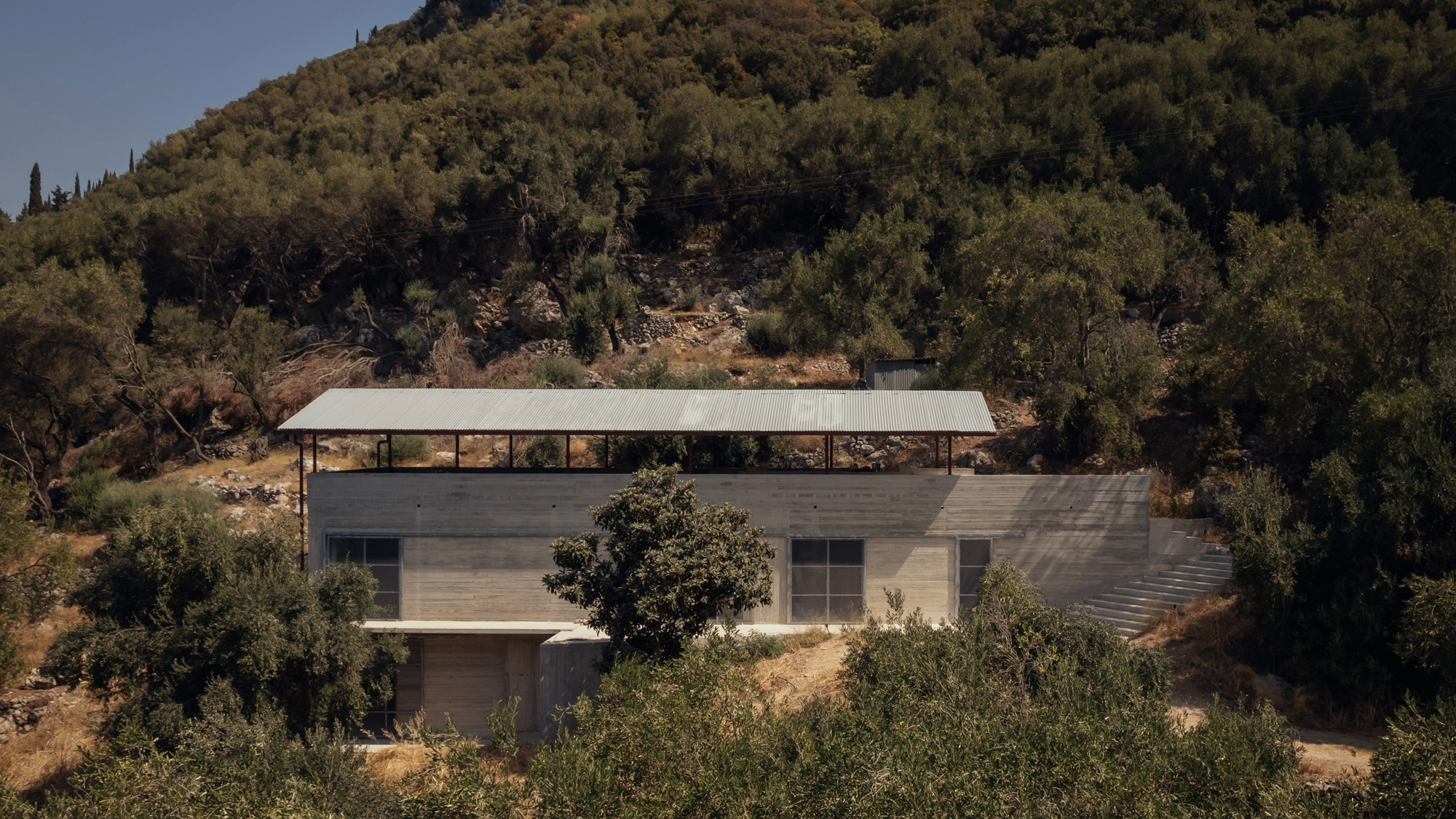 A breezy Greek island retreat lets the outdoors in
A breezy Greek island retreat lets the outdoors inOpen to the elements, an island retreat in Corfu by Invisible Studio was designed to suit the local climate, using metal mesh screens rather than windows
By Léa Teuscher
-
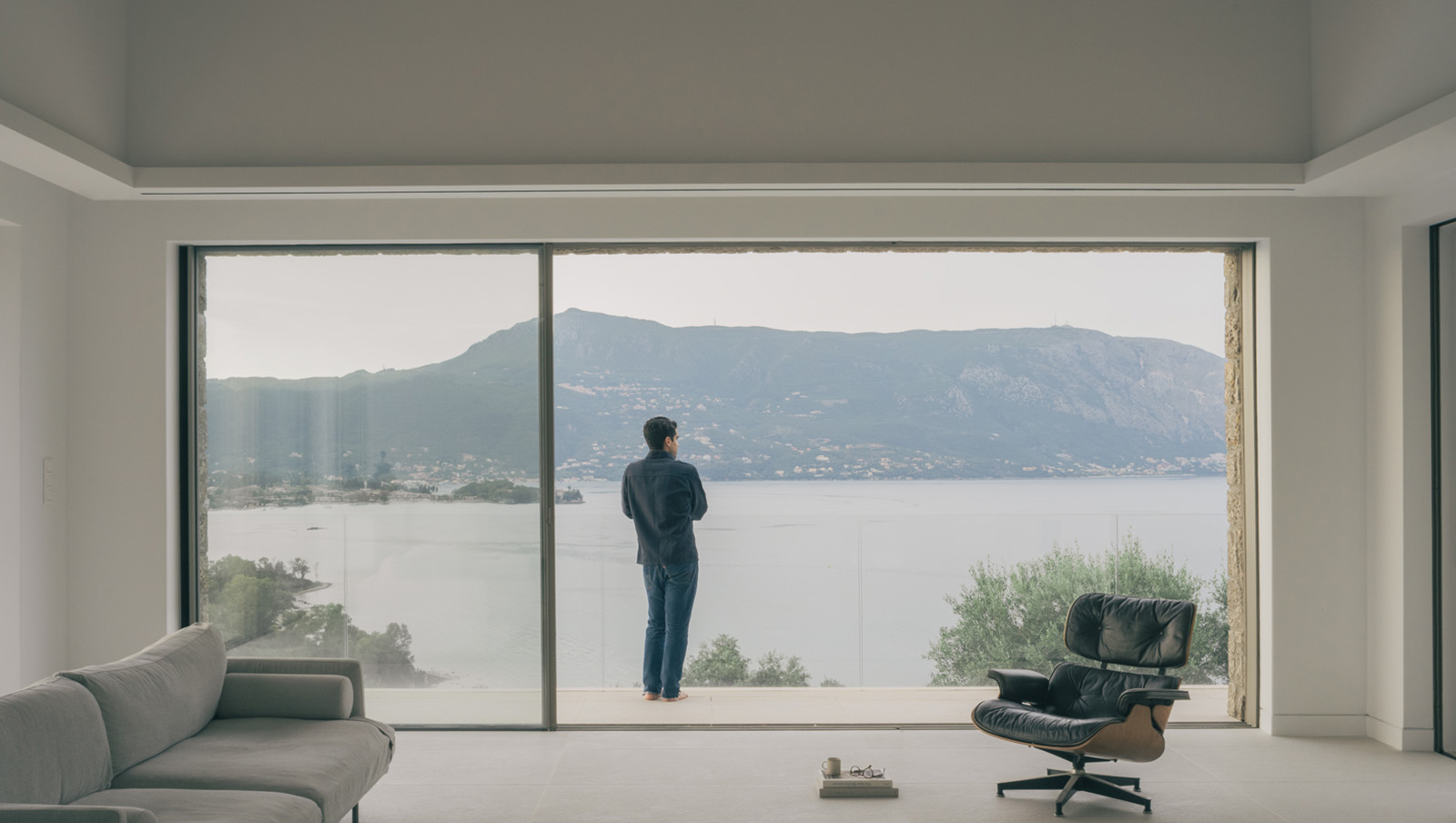 A Corfu house balances local vernacular and 21st-century minimalism
A Corfu house balances local vernacular and 21st-century minimalismCorfu House, a sensitive and minimalist holiday home, has been recently completed on the Greek island as a collaboration between architects Tony Wynbourne, Georgios Apostolopoulos and engineer Makis Gisdakis
By Ellie Stathaki
-
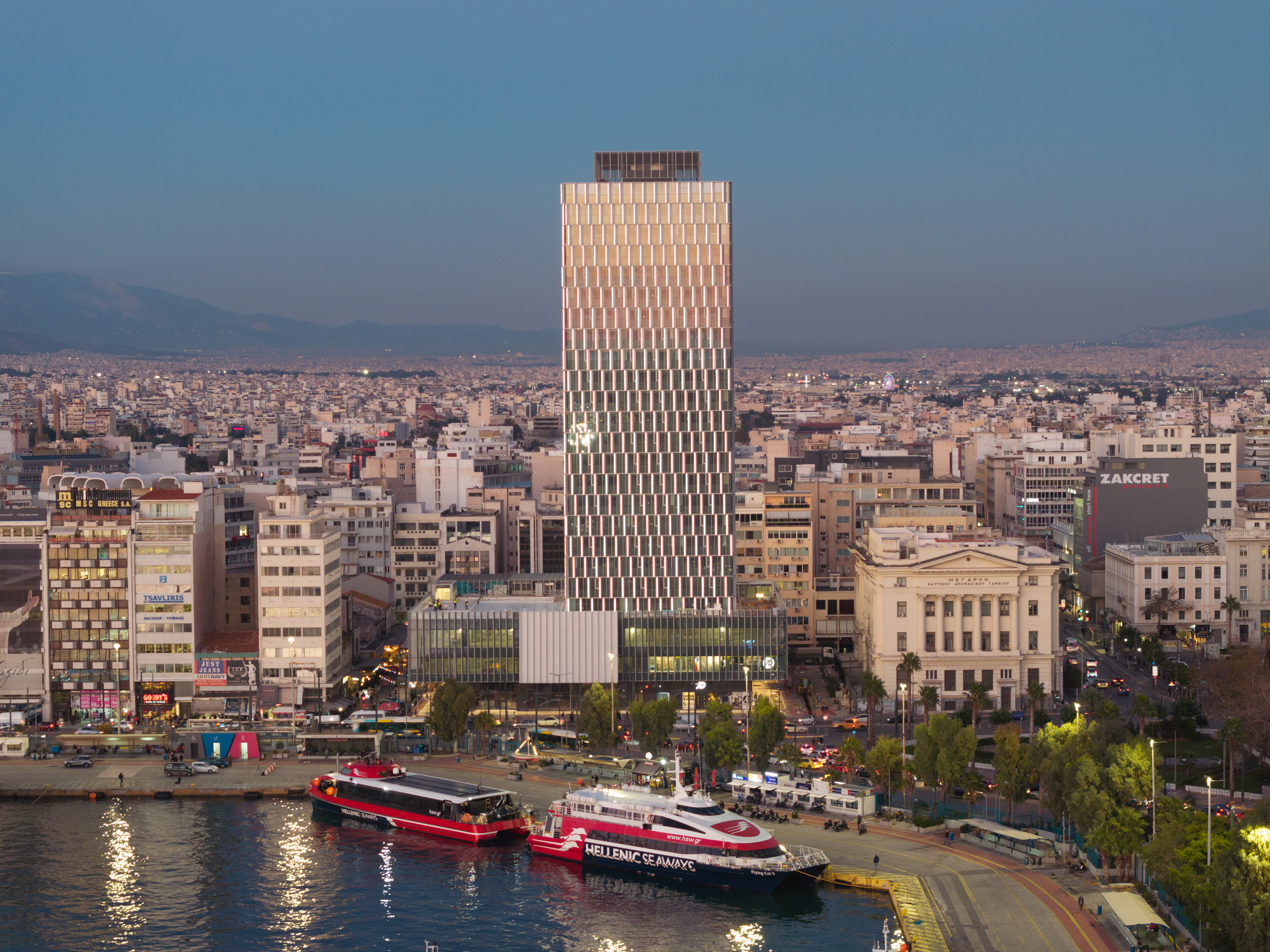 Piraeus Tower is a Greek high-rise icon revived through sustainable strategies
Piraeus Tower is a Greek high-rise icon revived through sustainable strategiesThe restoration of the Piraeus Tower is completed in Greece, revealing a revived façade by local architecture studio PILA
By Ellie Stathaki
-
 Remembering Alexandros Tombazis (1939-2024), and the Metabolist architecture of this 1970s eco-pioneer
Remembering Alexandros Tombazis (1939-2024), and the Metabolist architecture of this 1970s eco-pioneerBack in September 2010 (W*138), we explored the legacy and history of Greek architect Alexandros Tombazis, who this month celebrates his 80th birthday.
By Ellie Stathaki
-
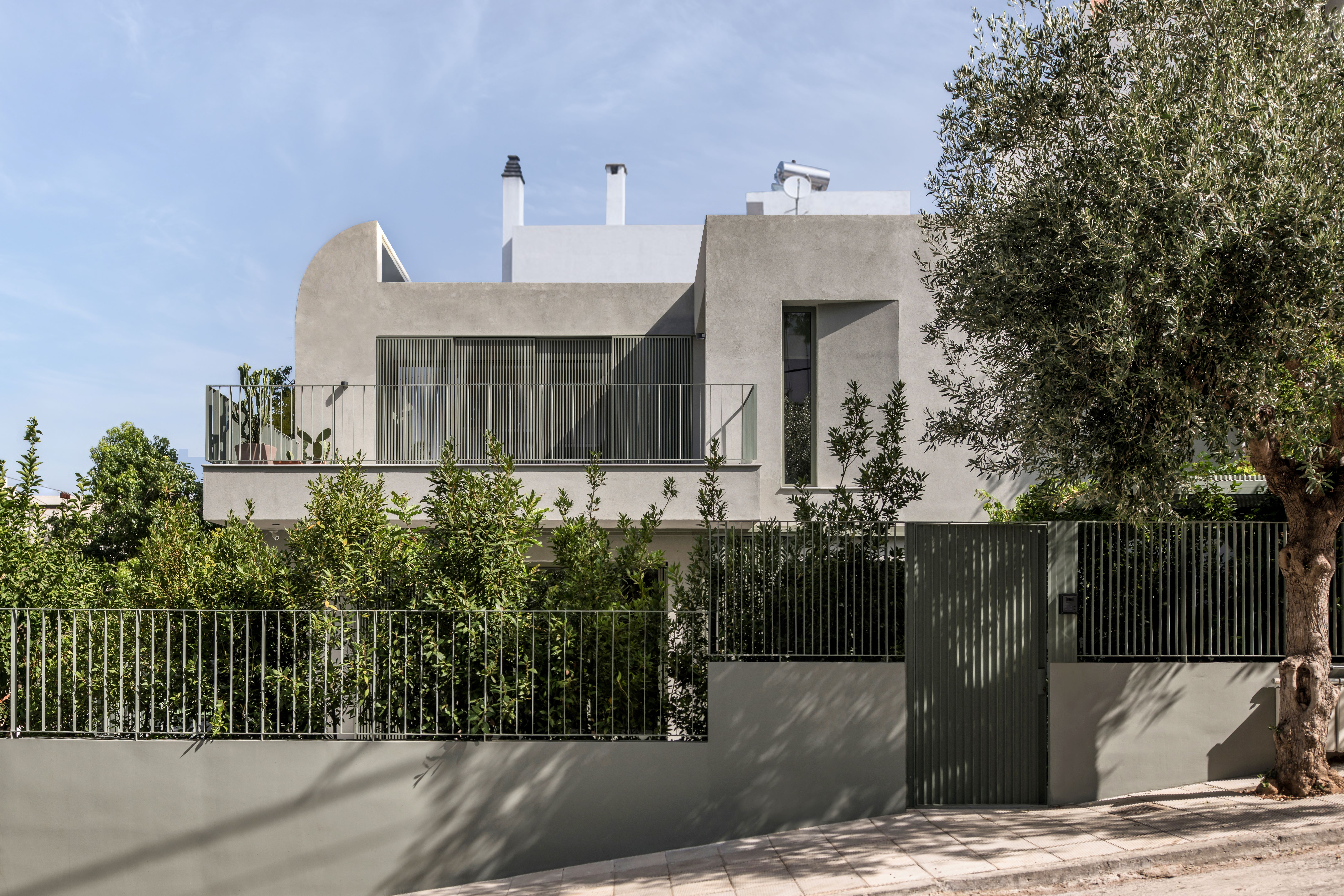 Tour House D in Athens, where interiors are peachy keen
Tour House D in Athens, where interiors are peachy keenDesigned by Cometa Architects, House D in Athens is full of curvy, colourful character
By Ellie Stathaki
-
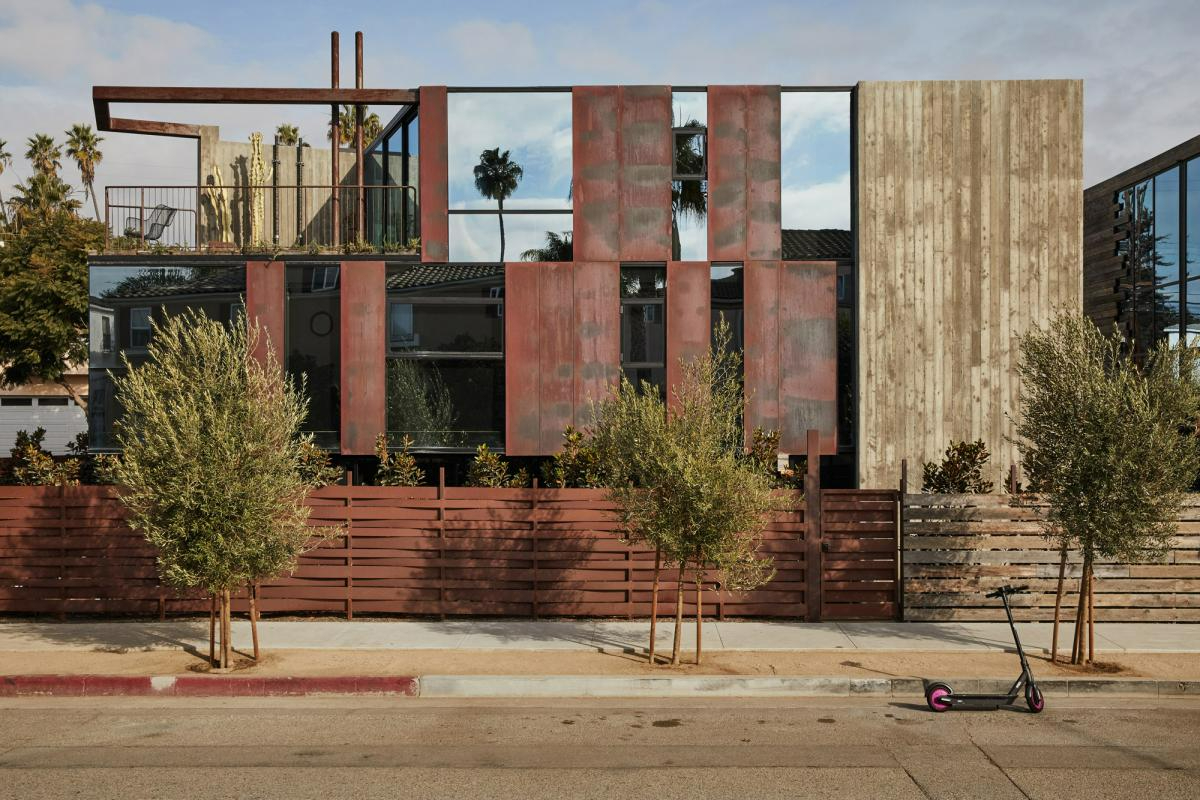 Sun-drenched Los Angeles houses: modernism to minimalism
Sun-drenched Los Angeles houses: modernism to minimalismFrom modernist residences to riveting renovations and new-build contemporary homes, we tour some of the finest Los Angeles houses under the Californian sun
By Ellie Stathaki